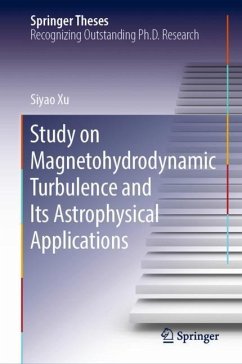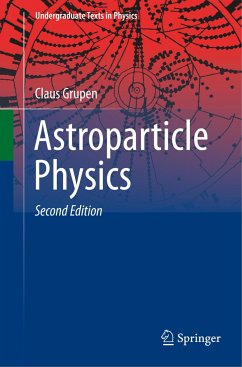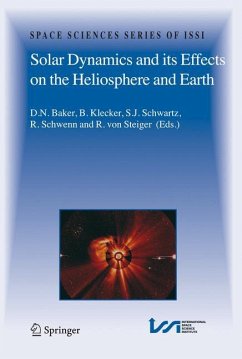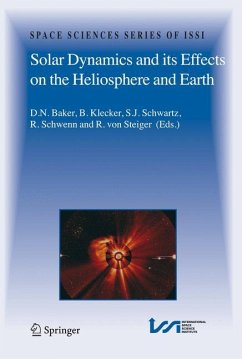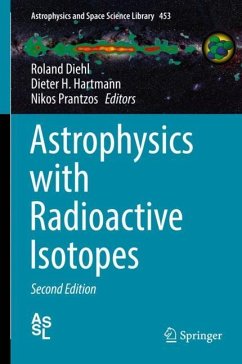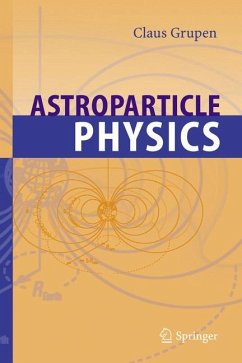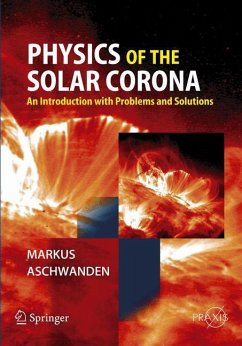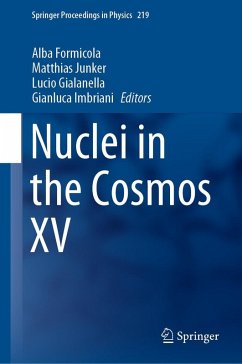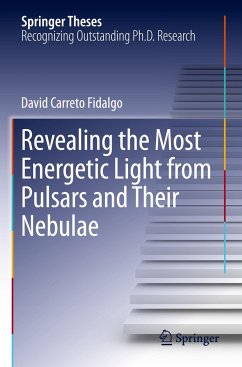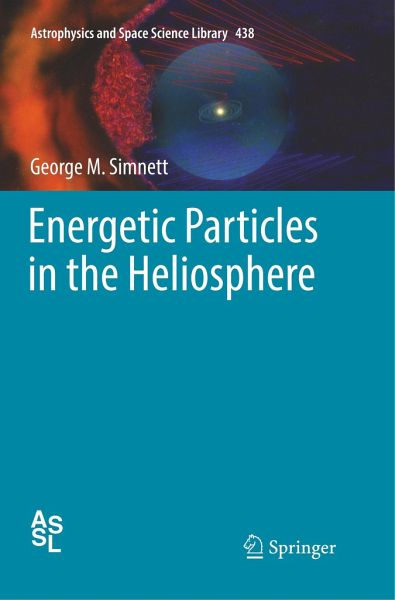
Energetic Particles in the Heliosphere
Versandkostenfrei!
Versandfertig in 6-10 Tagen
76,99 €
inkl. MwSt.
Weitere Ausgaben:

PAYBACK Punkte
38 °P sammeln!
This monograph traces the development of our understanding of how and where energetic particles are accelerated in the heliosphere and how they may reach the Earth. Detailed data sets are presented which address these topics. The bulk of the observations are from spacecraft in or near the ecliptic plane. It is timely to present this subject now that Voyager-1 has entered the true interstellar medium. Since it seems unlikely that there will be a follow-on to the Voyager programme any time soon, the data we already have regarding the outer heliosphere are not going to be enhanced for at least 40...
This monograph traces the development of our understanding of how and where energetic particles are accelerated in the heliosphere and how they may reach the Earth. Detailed data sets are presented which address these topics. The bulk of the observations are from spacecraft in or near the ecliptic plane. It is timely to present this subject now that Voyager-1 has entered the true interstellar medium. Since it seems unlikely that there will be a follow-on to the Voyager programme any time soon, the data we already have regarding the outer heliosphere are not going to be enhanced for at least 40 years.





